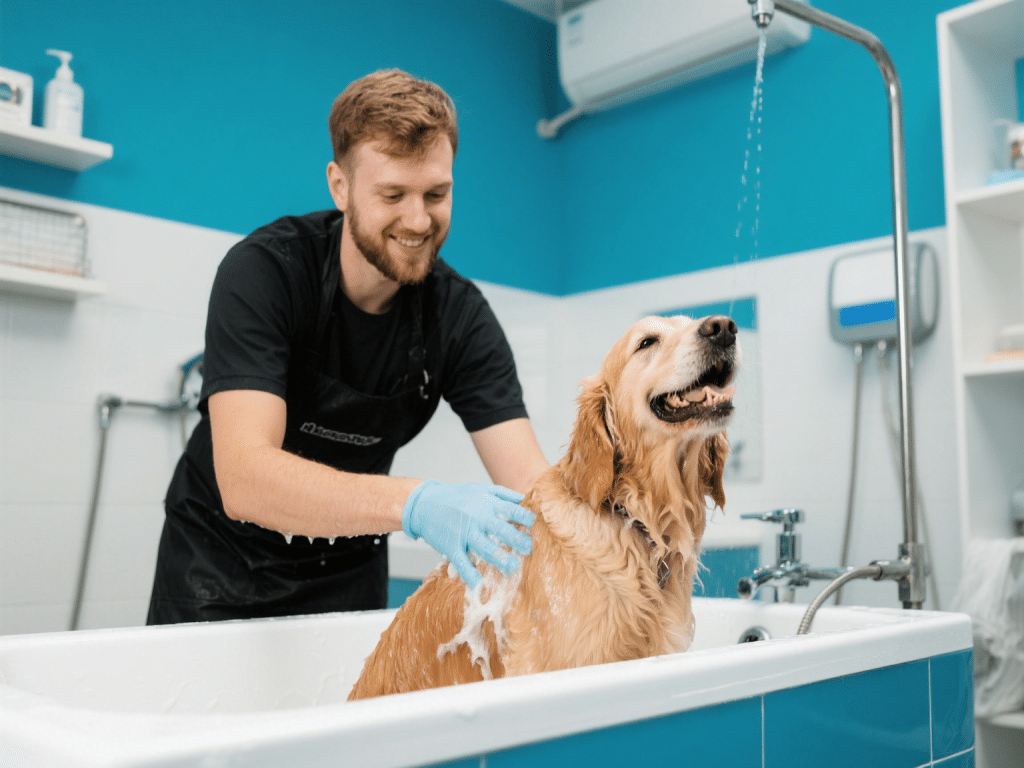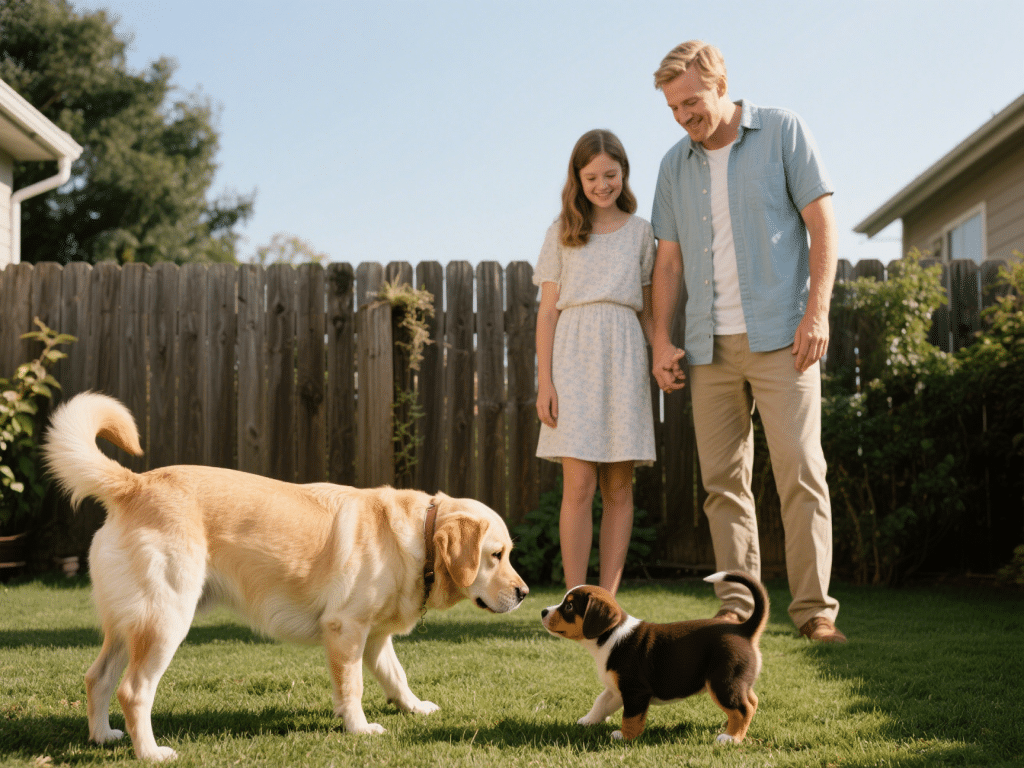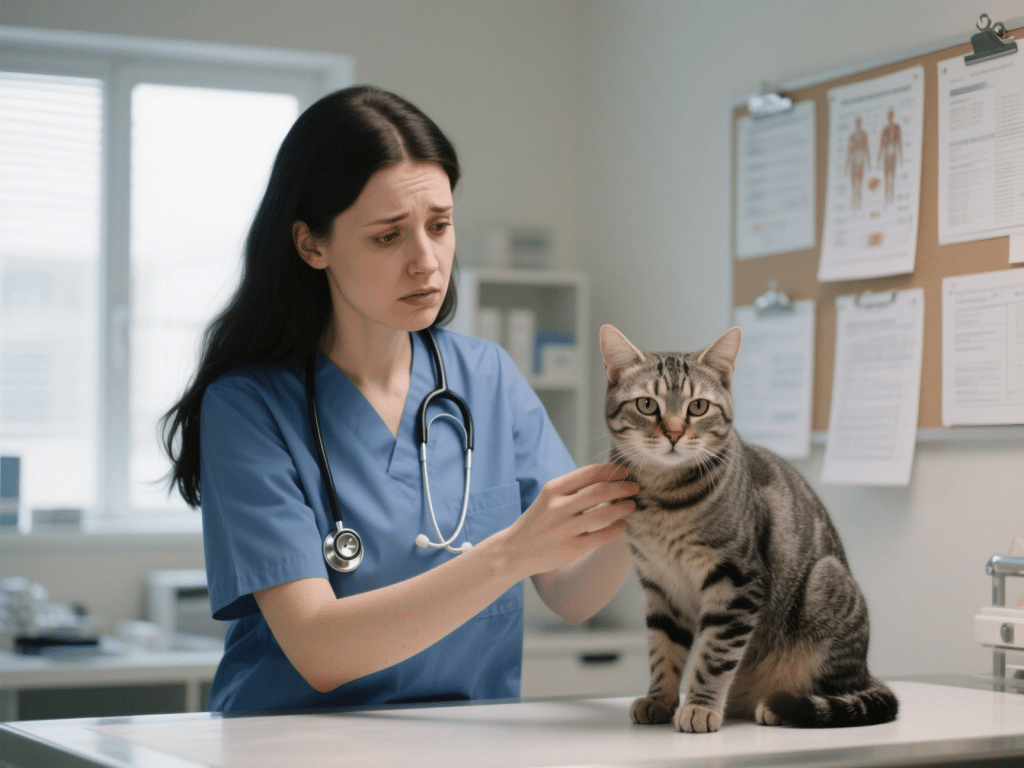Choosing the Best Cat Carrier for Stress-Free Travel
Traveling with a cat can be a joyful experience when you have the right equipment. A high-quality cat carrier ensures your feline friend stays comfortable, safe, and as stress-free as possible throughout the journey. This guide will walk you through every aspect of choosing the best cat carrier for travel, including types, essential features, training tips, and practical advice to make your adventure seamless.
1. Understanding Types of Cat Carriers
1.1 Hard-Sided Carriers
Hard-sided carriers are rigid, durable boxes typically made of heavy-duty plastic with a secured door. They are:
Durable & Protective: Offer excellent protection against accidental bumps.
Easy to Clean: Smooth surfaces allow for quick sanitation.
Airline-Approved Designs: Many meet airline requirements for in-cabin or cargo hold travel.
Considerations:
They can be heavier and less flexible when storing. If you have to fit the carrier under an airplane seat, check dimensions carefully.
1.2 Soft-Sided (Fabric) Carriers
Soft-sided carriers are made of reinforced fabric and mesh windows. Key benefits include:
Lightweight & Collapsible: Easy to fold and store when not in use.
Breathable Mesh Panels: Provide ventilation and visibility, helping to soothe anxious cats.
Carrying Comfort: Often feature padded straps or handles for easier transport.
Considerations:
Less durable against heavy impacts—ideal for car rides or short flights rather than cargo hold situations.
1.3 Backpack-Style Carriers
Backpack carriers distribute the weight across your shoulders, leaving hands free. They typically have:
Ergonomic Straps: Adjustable for comfort during long walks.
Windows & Openings: Allow the cat to see surroundings, reducing anxiety.
Portability: Perfect for hiking, train travel, or airport navigation.
Considerations:
Size limitations—make sure your cat feels secure and has enough room to turn around.
2. Essential Features to Look For
2.1 Ventilation
Adequate airflow is critical for your cat’s comfort and safety:
Mesh Panels on Multiple Sides: Ensures cross-ventilation.
Breathable Fabrics: Prevents overheating during warm days or extended travel.
2.2 Security & Durability
A secure carrier should have:
Sturdy Zippers & Locks: Prevent accidental escapes.
Reinforced Stitching: Strengthens seams against scratching or pushing.
Solid Frame or Base: Maintains shape, even when cat moves around.
2.3 Comfort & Interior Design
A stressed cat can become restless, so look for:
Soft, Removable Bedding or Padding: Provides cushioning and can be washed between trips.
Spacious Interior: Allows room to sit, stand, or lie down comfortably.
Dark Covers or Privacy Panels: Let cats retreat from overwhelming sights and noises.
2.4 Portability & Storage
Consider how you will transport and store the carrier:
Collapsible Designs: Soft-sided carriers that fold flat into a small space.
Multiple Carry Options: Top and side handles, shoulder straps, or backpack configuration.
Lightweight Materials: Easier to lift into a car or overhead compartment.
2.5 Airline Compliance
If you plan to fly, verify:
In-Cabin Size Restrictions: Most airlines require carriers to fit under the seat in front of you (typically around 18” × 11” × 11”).
Cargo Hold Standards: For larger cats, confirm crate requirements (often hard-sided, with secure metal doors and ventilation).
3. Preparing Your Cat for the Carrier
3.1 Gradual Introduction
Create Positive Associations: Place the carrier in a familiar area with the door open. Add soft bedding and sprinkle feline-safe catnip or treats inside.
Feed Near the Carrier: Encourage your cat to eat or nap inside voluntarily. Repeat daily until your cat seems comfortable entering without hesitation.
3.2 Familiar Scents & Comfort Items
Use a Favorite Blanket or T-Shirt: Include an item with your scent or your cat’s scent to reduce anxiety.
Add Calming Sprays or Pheromones: Products like Feliway can help create a reassuring environment.
3.3 Short Practice Trips
Car Rides Around the Neighborhood: Start with very brief drives, gradually increasing duration. Praise your cat and reward with treats afterward.
Stay Calm & Speak Softly: Your demeanor influences your cat’s stress. A calm voice and gentle touch go a long way.
4. Tips for Stress-Free Travel
4.1 Feeding & Hydration
Avoid Feeding Right Before Departure: Feed your cat at least 4 hours before travel to reduce the risk of motion-related nausea.
Offer Water Sparingly During Stops: If on a long car journey, provide small amounts of water every two to three hours to prevent dehydration.
4.2 Secure the Carrier in a Vehicle
Place on a Flat Surface: The floor behind the front passenger seat is usually safest.
Use Seat Belts or Tethers: Many carriers have straps that secure to the car’s seat belt attachment points, preventing sliding during sudden stops.
4.3 Maintain a Comfortable Temperature
Avoid Direct Sunlight: Place the carrier in a shaded area or use sunshades if traveling by car.
Monitor Cabin Temperature: Never leave a cat in a parked vehicle alone; temperatures can rise quickly.
4.4 Manage Noise & Motion
Cover the Carrier Partially: A lightweight towel or blanket draped over three sides can muffle loud sounds without blocking airflow.
Play Soft, Familiar Sounds: Low-volume music or recorded nature sounds can soothe an anxious cat.
5. Cleaning & Maintenance
5.1 Routine Cleaning
Removable Pads & Liners: Opt for carriers with washable inserts. Clean bedding after each trip to remove odors.
Wipe Down Interior & Exterior: Use pet-safe disinfectant wipes or diluted mild soap solution, then air dry completely before reuse.
5.2 Inspect for Wear & Tear
Check Zippers & Seams: Look for fraying or loose threads that could lead to escape.
Examine Hardware: Ensure buckles, clips, and ventilation bars (in hard carriers) remain sturdy.
6. Recommended Carrier Features by Travel Type
| Travel Type | Recommended Carrier Style | Key Feature Emphasis |
|---|---|---|
| Short Car Trips & Vet Visits | Soft-Sided Removable Carrier | Lightweight, easy entrance, breathable mesh, washable pad. |
| Airline In-Cabin Travel | Airline-Approved Soft Carrier | Meets under-seat dimensions, padded straps, secure zippers. |
| Road Trips & Day Trips | Soft-Sided Backpack Carrier | Hands-free carrying, good ventilation, extra pockets. |
| Long Flights & Cargo | International Hard Crate | Airline-approved for cargo hold, leak-proof bottom, sturdy locks. |
7. Final Recommendations
Measure Your Cat Accurately: From nose to base of tail (length) and floor to top of head (height). Always add a few inches to accommodate turning around and stretching.
Balance Durability & Comfort: A hard-sided crate is best for rough handling, but a soft-sided carrier can reduce your cat’s anxiety. For multi-mode travel (car, airplane, train), a hybrid option with a rigid base and soft upper walls may work well.
Prioritize Your Cat’s Personality: Shy or nervous cats often prefer smaller, den-like carriers brimming with comfort items. Bold cats might enjoy windows that allow them to observe surroundings.
Check Warranty & Brand Reputation: Reputable manufacturers often offer return policies, customer support, and additional accessories (e.g., removable bowls, rain covers).
Invest in Quality: A well-made carrier might cost more initially but pays off in durability, safety, and stress reduction for you and your cat.
8. Conclusion
Selecting the best cat carrier for stress-free travel involves careful evaluation of carrier type, ventilation, security, and comfort. By introducing the carrier gradually, including familiar scents, and maintaining a calm travel environment, you’ll help your feline companion stay relaxed. Whether you’re driving cross-country or boarding a plane, investing in a carrier tailored to your cat’s needs ensures a smoother, more enjoyable journey for both of you.
Safe travels, and may your adventures with your feline friend be calm, comfortable, and full of purring companionship!






Comments on "Choosing the Best Cat Carrier for Stress-Free Travel" :